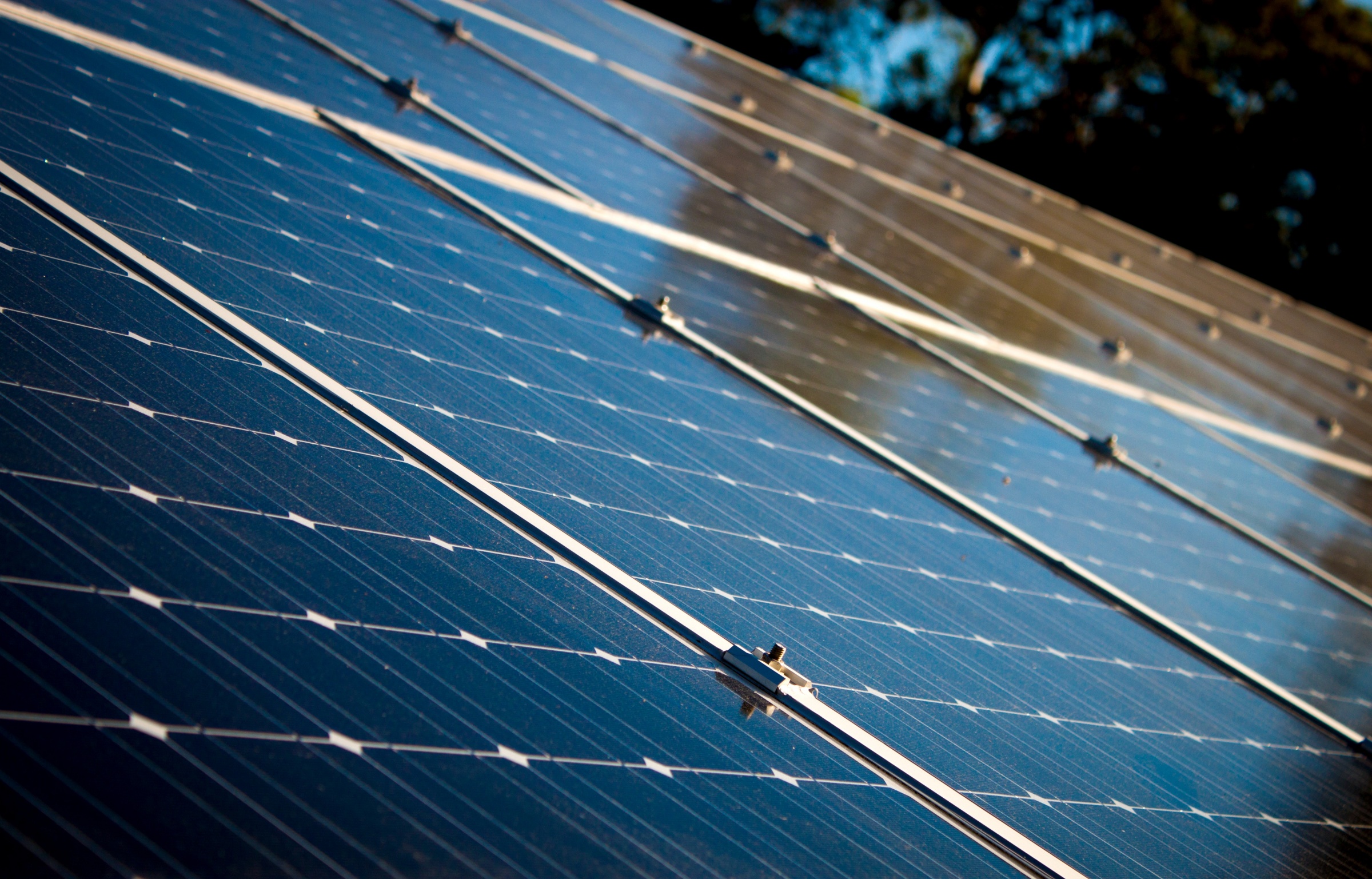Following SEQR (State Environmental Quality Review) updates proposed in January 2017, the first in over two decades, the DEC (Department of Environmental Conservation) has announced that it will adopt the new regulations proposed, effective as of January 1, 2019.
These new updates are sure to help New York in the push toward achieving Gov. Cuomo’s energy goals.
Citing their dedication to the protection and care of the millions of New Yorkers dependent on their services, the DEC has adopted these updates after extensive engagement with both stakeholders and the public. Eleven stakeholder meetings were held across two years, ensuring in-depth engagement with representatives from the business community, environmental groups, and local government. In addition, the DEC received over 280 public comments following the initial January 2017 proposal.
So, what are the updates?
The updates will expand the number of Type II actions - those not subject to further review - as well as modifying thresholds for actions likely to require an EIS (Environmental Impact Statement), and require EIS scoping.
Regarding draft EIS content, there will be consideration of measures concerning impacts on conditions brought about by climate change - such as flooding or rising sea levels, as well as a push to make EIS acceptance procedures more consistent.
And how does this impact solar projects?
Among the Type II actions to be added as part of this SEQR rejig are a number of solar-related actions.
These newly-added actions include the installation of solar arrays on closed landfills, cleaned-up brownfield sites, wastewater treatment facilities, sites zoned for industrial use, and solar canopies on residential and commercial parking facilities. Also, the installation of solar arrays on an existing structure not listed on the National or State Register of Historic Places.
Other Type II actions included are: green infrastructure upgrades or retrofits, reuse of a residential or commercial structure, acquisition and dedication of parkland, land transfers in connection with one, two or three family housing, and the construction and operation of certain anaerobic digesters at operating publicly owned landfills.
On July 18, the rules will be made available on the DEC website, as well as the Environmental Notice Bulletin and the State Register. Updated SEQR handbooks and workbooks are expected to follow later in the year, as well as the provision of extensive training for lead agencies to ensure the smooth implementation of these SEQR changes.
By Shane Croghan

